
Predicting the Woman Hairstyles of the Future: 7 Trends Shaping the Next Decade | Tech & Sustainability
12 min read

12 min read

12 min read
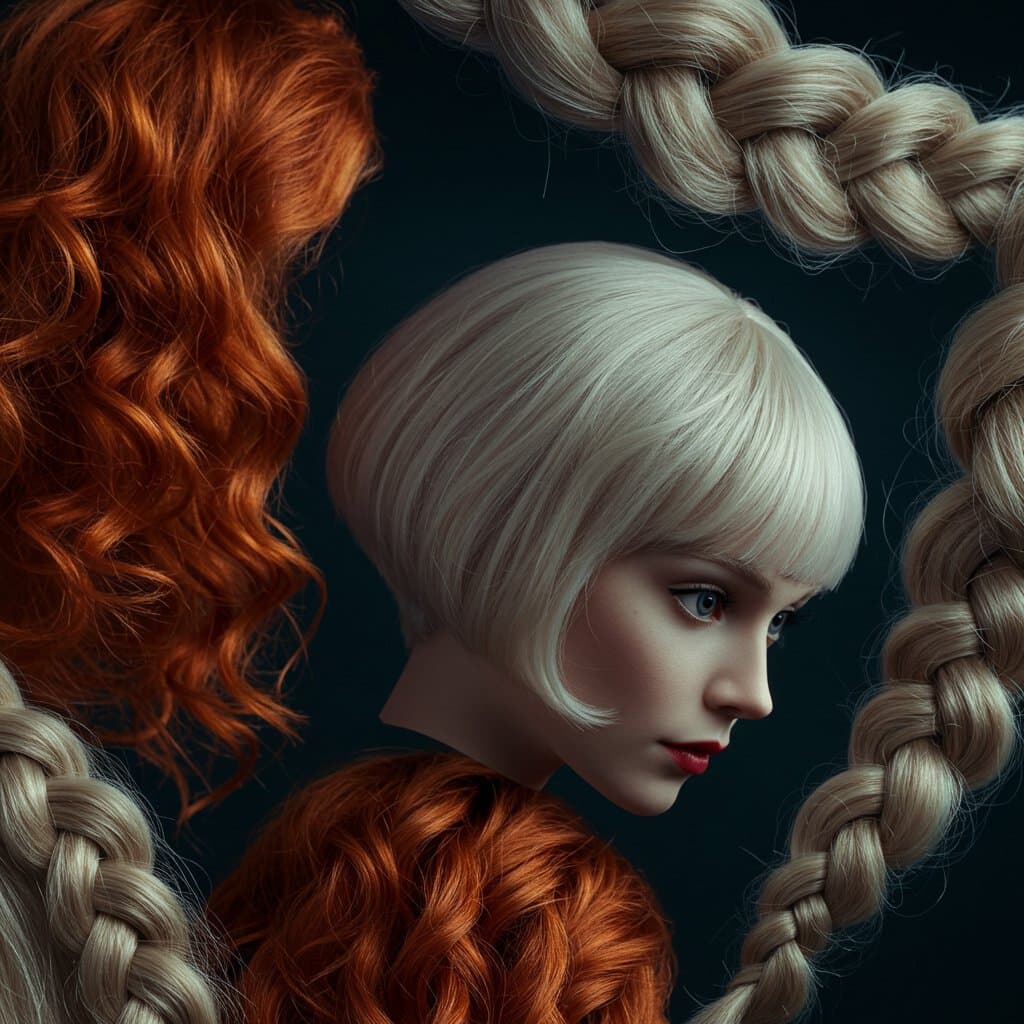
14 min read
Download our app to instantly see how you'd look with any hairstyle or color
Get the App
12 min gallery

15 min read
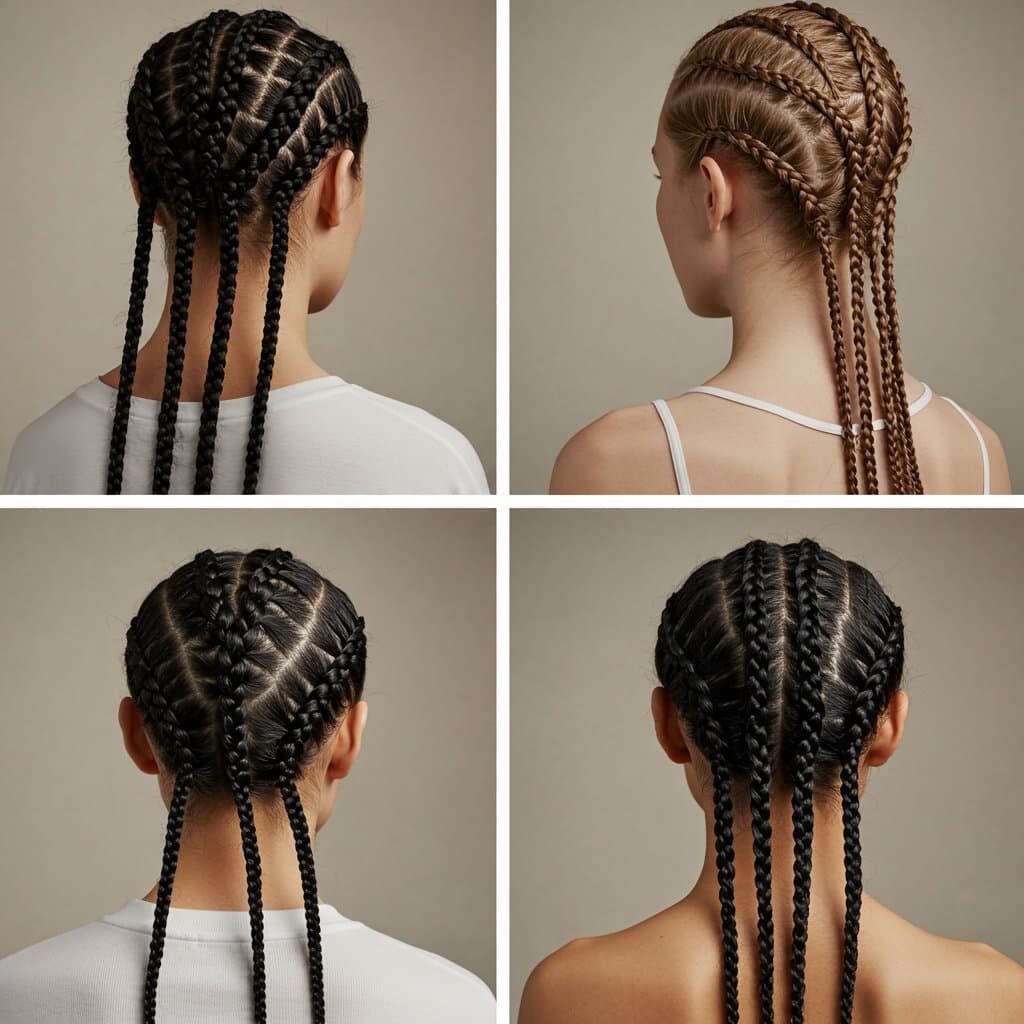
13 min read
Download our app to instantly see how you'd look with any hairstyle or color
Get the AppIn cultures across the globe, hair is often seen as a form of personal expression. But for the hundreds of distinct Native American nations, hairstyles are infinitely more than a matter of aesthetics. They are a profound, visual language, rich with spiritual significance, personal history, and tribal identity. A single glance at a person's hair could communicate their tribe, social standing, marital status, and spiritual state. These are not mere styles; they are sacred stories woven into every strand, a physical manifestation of an individual's connection to their heritage, their community, and the Creator. Understanding Native American hairstyles requires looking beyond the surface to appreciate a deep and resilient cultural legacy.
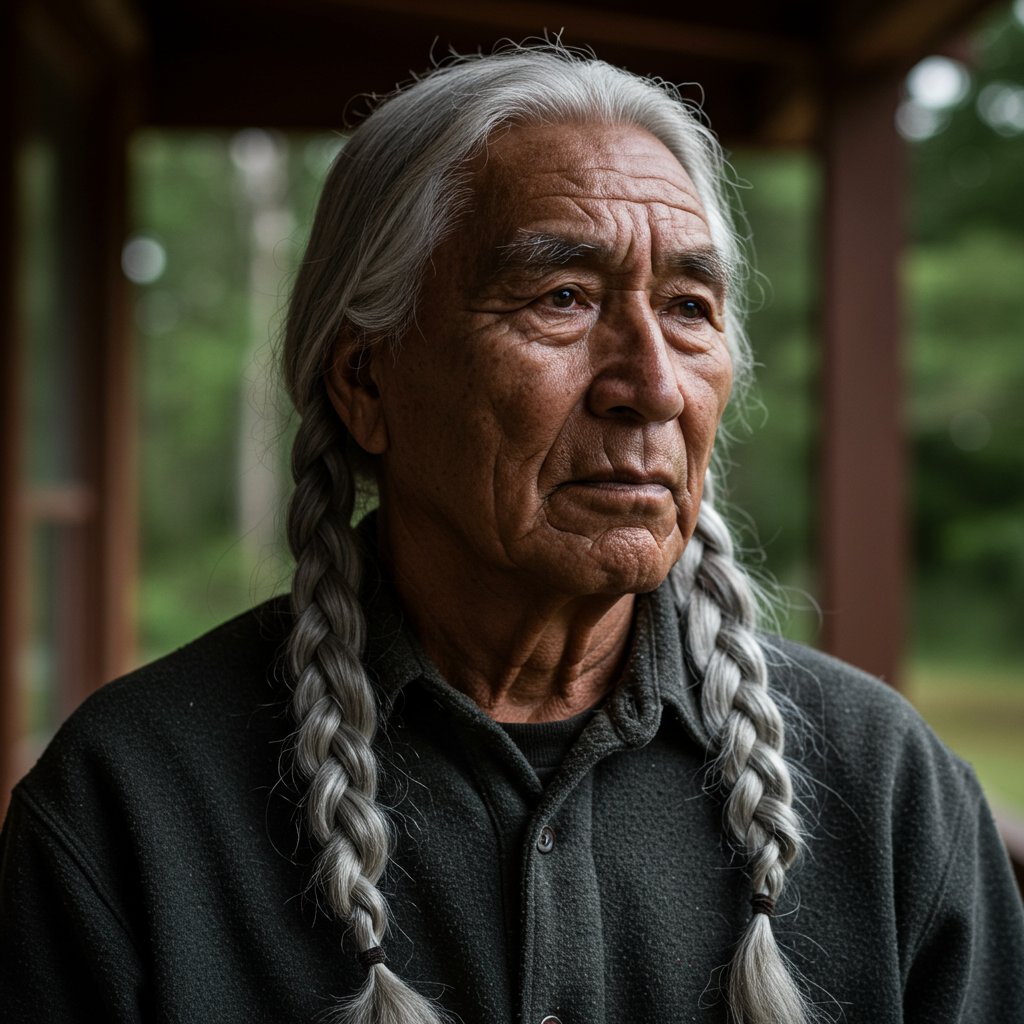
This guide delves into the intricate world of Native American hairstyles, exploring the symbolism and diversity that define them. It is an invitation to learn about the spiritual weight of long hair, the unifying power of braids, and the vast differences in traditions from the Plains to the Southwest. As we explore these traditions, it is crucial to approach the subject with respect and an eagerness to understand the context behind each style. This is not a trend to be adopted, but a heritage to be honored. By learning the stories told through hair, we can gain a deeper appreciation for the enduring cultures of the Indigenous peoples of North America.
Hair in many Native American cultures is considered a physical extension of the self, a conduit for spiritual energy and thought. It is often believed that one's thoughts, prayers, and life experiences are held within the strands of their hair. Consequently, long, well-cared-for hair is a symbol of a strong spirit, a clear mind, and a deep connection to the earth and the Creator. This belief system elevates hair care from a simple grooming routine to a sacred practice. The act of brushing or braiding hair can be a meditative, prayerful moment, a time to center oneself and honor the life force that flows through every part of being.
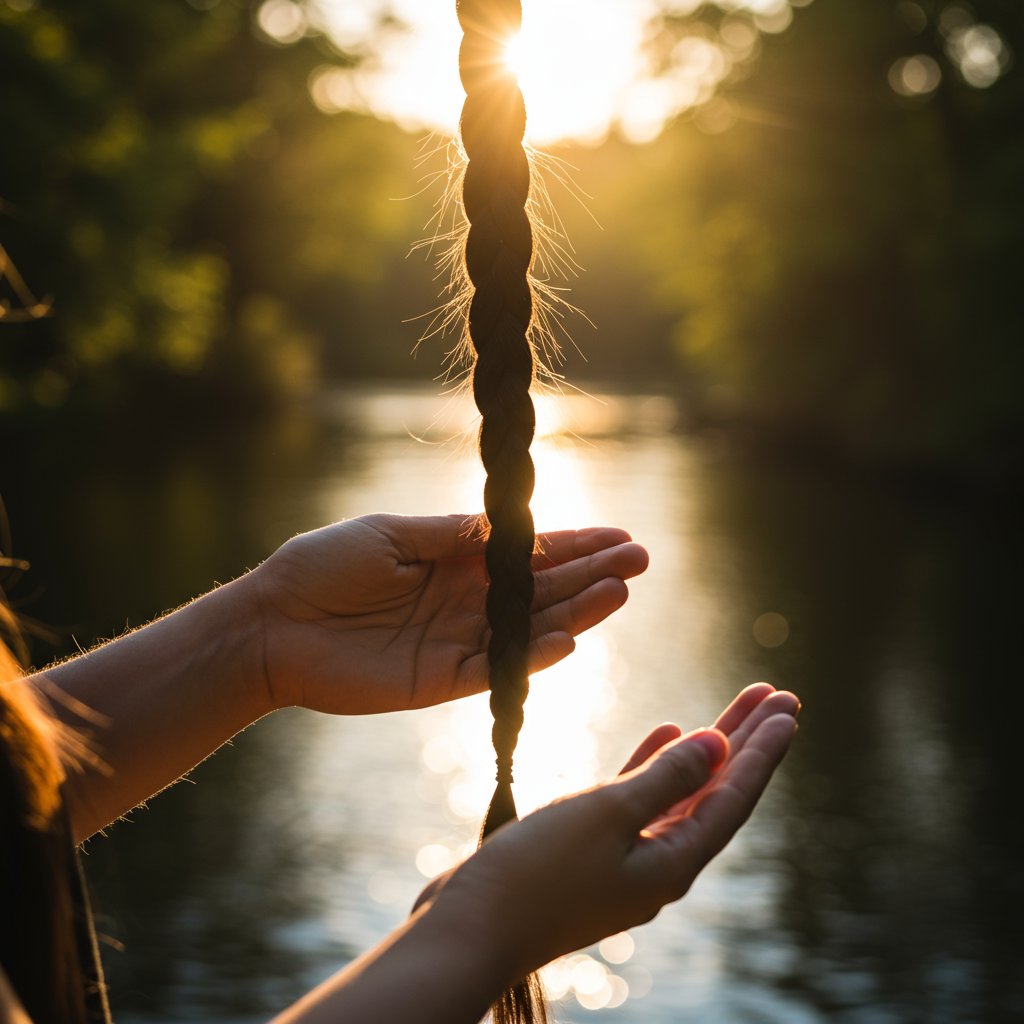
This sacred view of hair also dictates when and why it might be cut. For many tribes, cutting the hair is an act reserved for times of deep mourning. When a loved one passes into the spirit world, family members may cut their hair as an outward sign of their grief and sorrow. This physical act symbolizes the severing of a connection and the deep pain of loss. Once the period of mourning is over, the hair is allowed to grow again, representing a new beginning and the continuation of life. This powerful tradition underscores the idea that hair is a living record of one's journey, with its length marking the time and experiences since the last great sorrow.
Braids are perhaps the most universally recognized element of Native American hairstyles, but their meaning goes far beyond simple adornment. A three-strand braid is often symbolic of the unity of the mind, body, and spirit. The act of weaving these three strands together represents the intention to create balance, wholeness, and strength in one's life. A single braid can signify the oneness of the individual with the Creator, while two braids can represent the dual nature of existence, such as the relationship between humanity and the earth or the balance of night and day. The finished braid is a symbol of strength in unity, showing how separate strands become stronger when joined together.
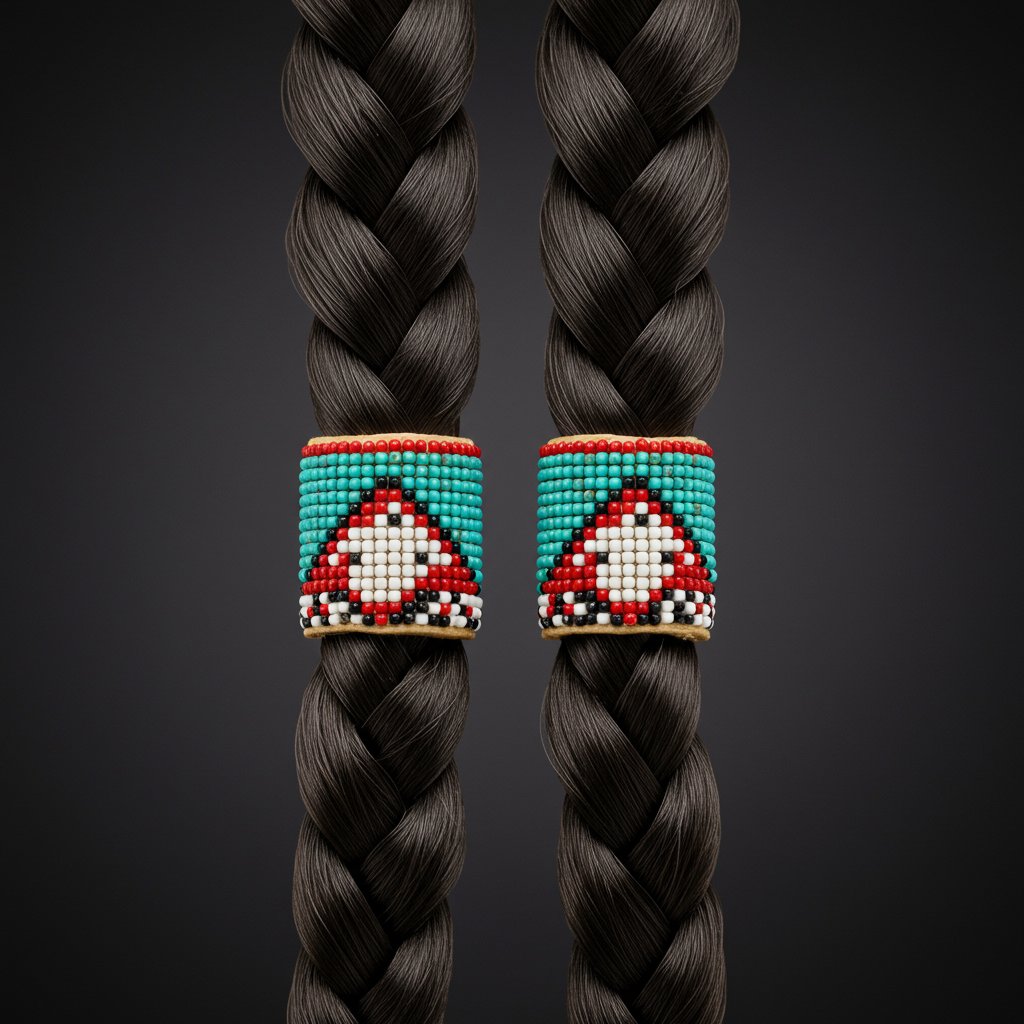
The styles of braids varied significantly between nations, each carrying its own distinct cultural signature. Among many Plains tribes, such as the Lakota and Cheyenne, two long braids were a common style for both men and women, often wrapped with otter fur or cloth. In contrast, a single, long braid down the back was traditional for many Diné (Navajo) people. The way the hair was parted, the direction of the braids, and the materials used to secure them could all convey specific information about the wearer's identity and community. These are not interchangeable styles but specific cultural markers passed down through generations.
The immense diversity of Native American cultures is reflected in the vast array of traditional hairstyles. Geography, climate, and distinct spiritual beliefs shaped unique customs from coast to coast. To speak of a single "Native American hairstyle" is to overlook a rich and complex tapestry of hundreds of individual traditions.
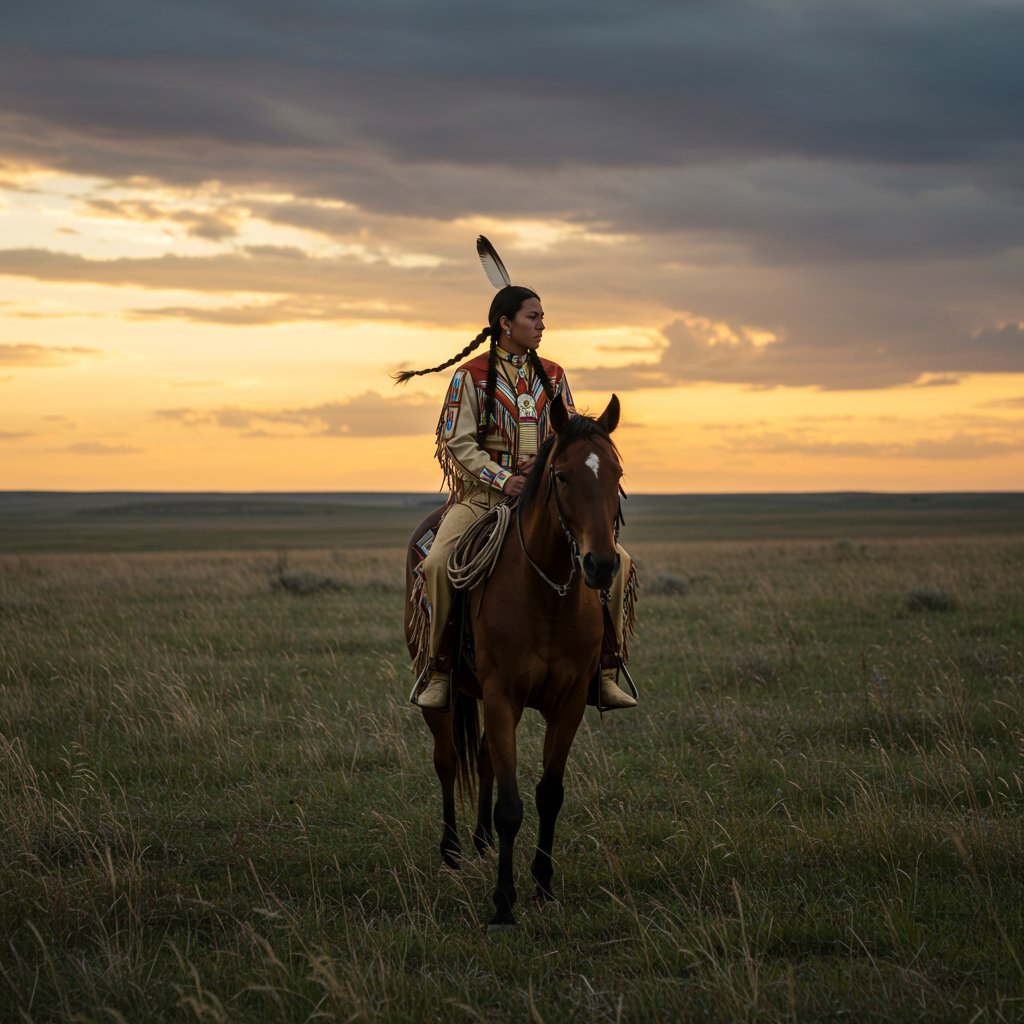
Ornaments woven into or tied onto the hair were never merely decorative. Each element—from a single feather to intricate beadwork—carried layers of meaning and told a story about the wearer. These adornments were a vital part of the hairstyle's language, adding detail and depth to the messages being conveyed. They served as markers of achievement, spiritual symbols, and tribal identifiers.
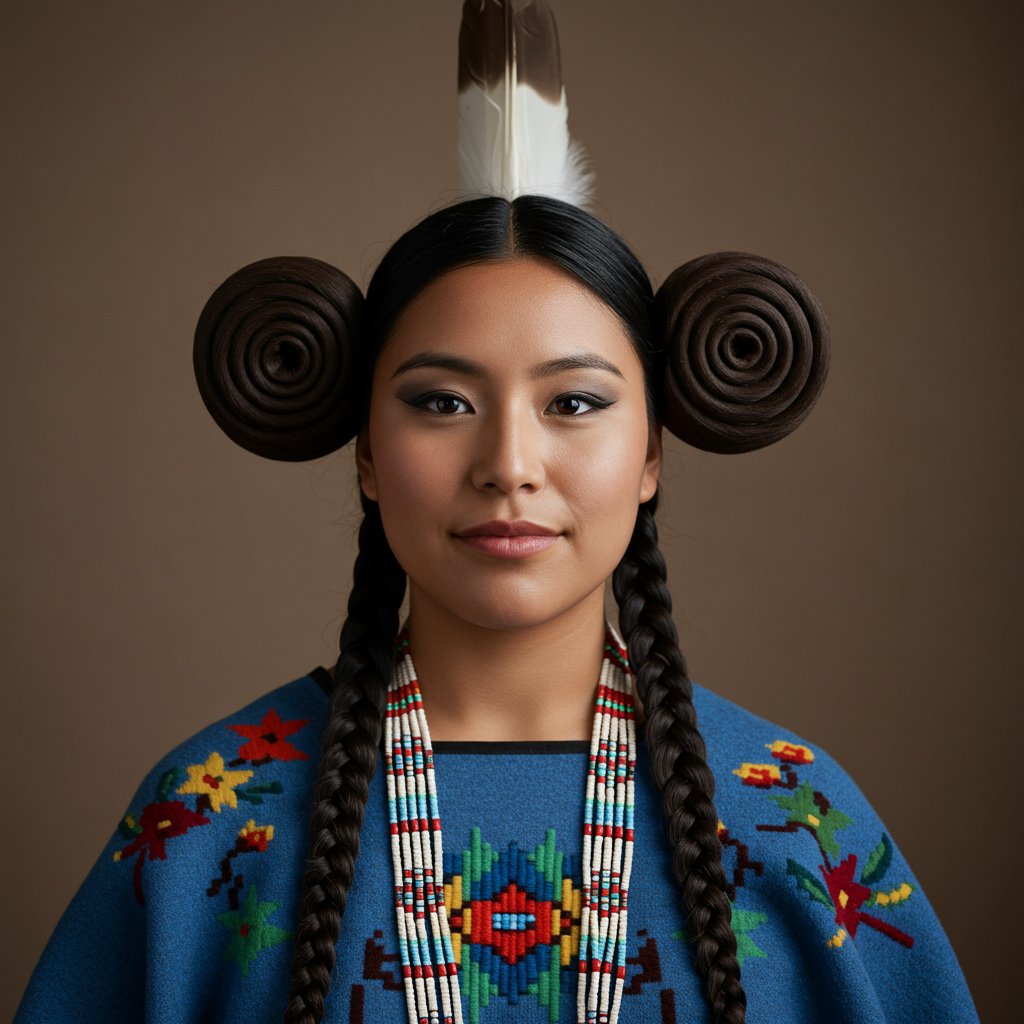
Feathers, particularly from the eagle, are among the most sacred adornments. In many cultures, the eagle is seen as a messenger to the Creator, flying higher than any other bird. To be gifted an eagle feather was a great honor, often marking a significant personal achievement, an act of bravery, or a moment of spiritual importance. The specific type of feather and how it was worn could communicate the nature of the deed being honored. Similarly, beadwork woven into hair wraps or ties often contained patterns and colors that held specific meanings, telling stories of family lineage, tribal history, or personal visions.
Other materials also held significance. Fur wraps, especially from animals like the otter or mink, could symbolize spiritual protection and connection to the animal world. Shells, particularly abalone and dentalium, were highly prized and indicated wealth, status, or a connection to water and trade routes. The use of red ochre paint in a hair part was also a common practice, symbolizing life, blood, and the sacred connection to the earth. Each adornment was a carefully chosen piece of a larger narrative, turning the hair into a living testament of a person's journey and identity.
In the face of centuries of assimilation policies that often forced Native children to cut their hair in boarding schools, wearing traditional hairstyles today has become a powerful act of cultural reclamation and resilience. For many contemporary Native Americans, growing their hair long and styling it in traditional ways is a visible declaration of their identity and a rejection of colonial pressures. It is a way to honor their ancestors, connect with their heritage, and ensure that these sacred traditions are passed on to future generations.
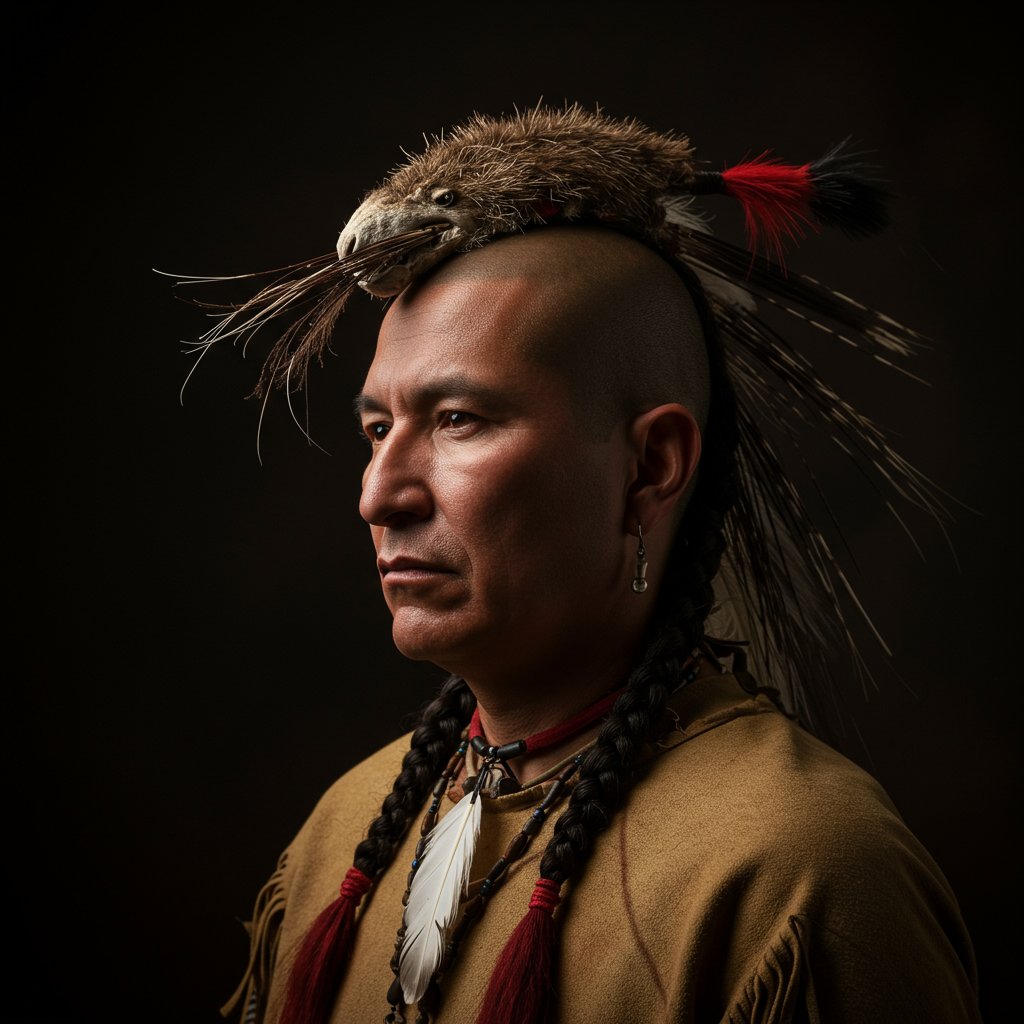
We see these beautiful and meaningful hairstyles proudly worn in all aspects of modern life. From the powwow circuit to college campuses, from corporate offices to the fashion runway, Native people are integrating their cultural identity into their daily existence. Indigenous actors, artists, and activists often use their public platforms to showcase the beauty and significance of their hair, educating a wider audience and challenging stereotypes. This modern resurgence is not about fashion; it is about sovereignty, pride, and the enduring strength of Native American cultures. It serves as a reminder that these traditions are not relics of the past but are living, breathing, and evolving parts of contemporary Indigenous life.
Appreciating the beauty and complexity of Native American hairstyles is wonderful, but it must be done with knowledge and respect. These styles are not trends to be co-opted for festivals or fashion statements. They are sacred cultural identifiers. Professional salons and stylists have a responsibility to educate themselves and their clients on the difference between appreciation and appropriation.
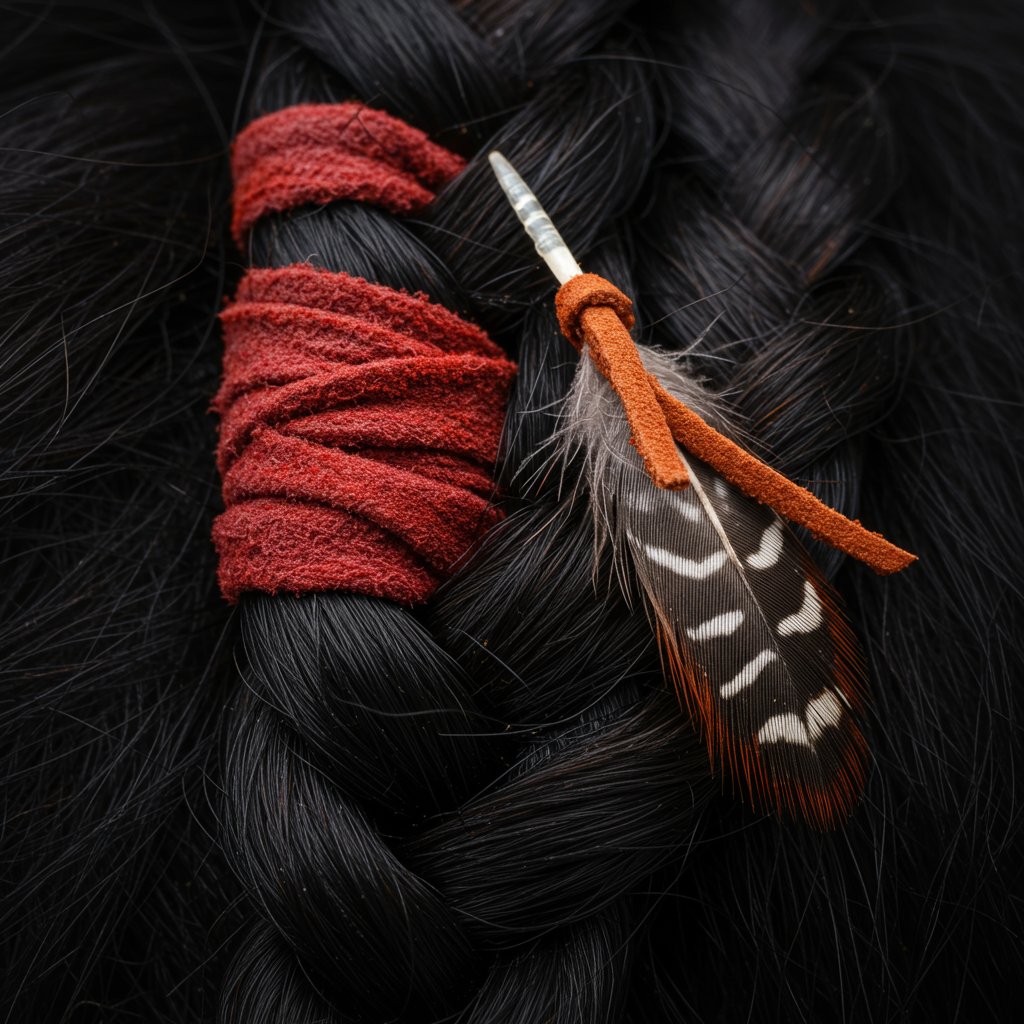
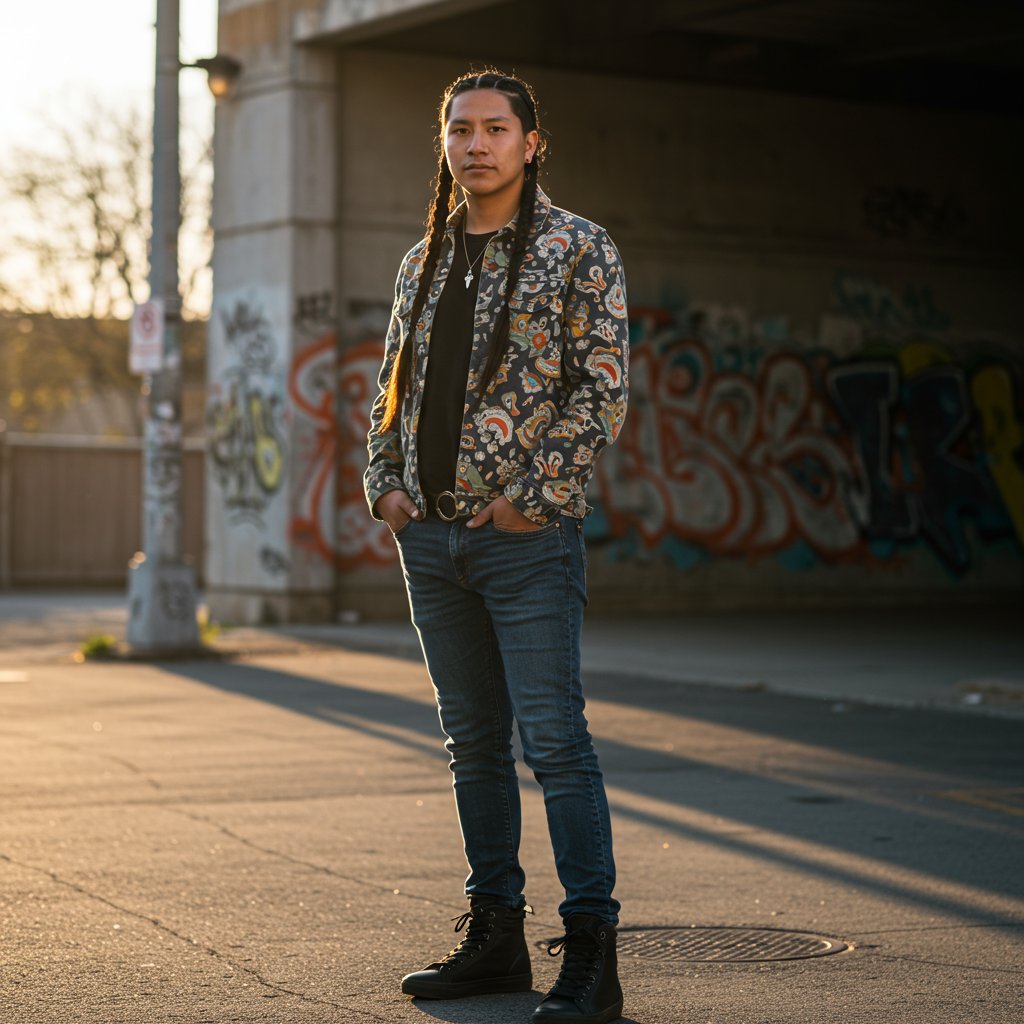
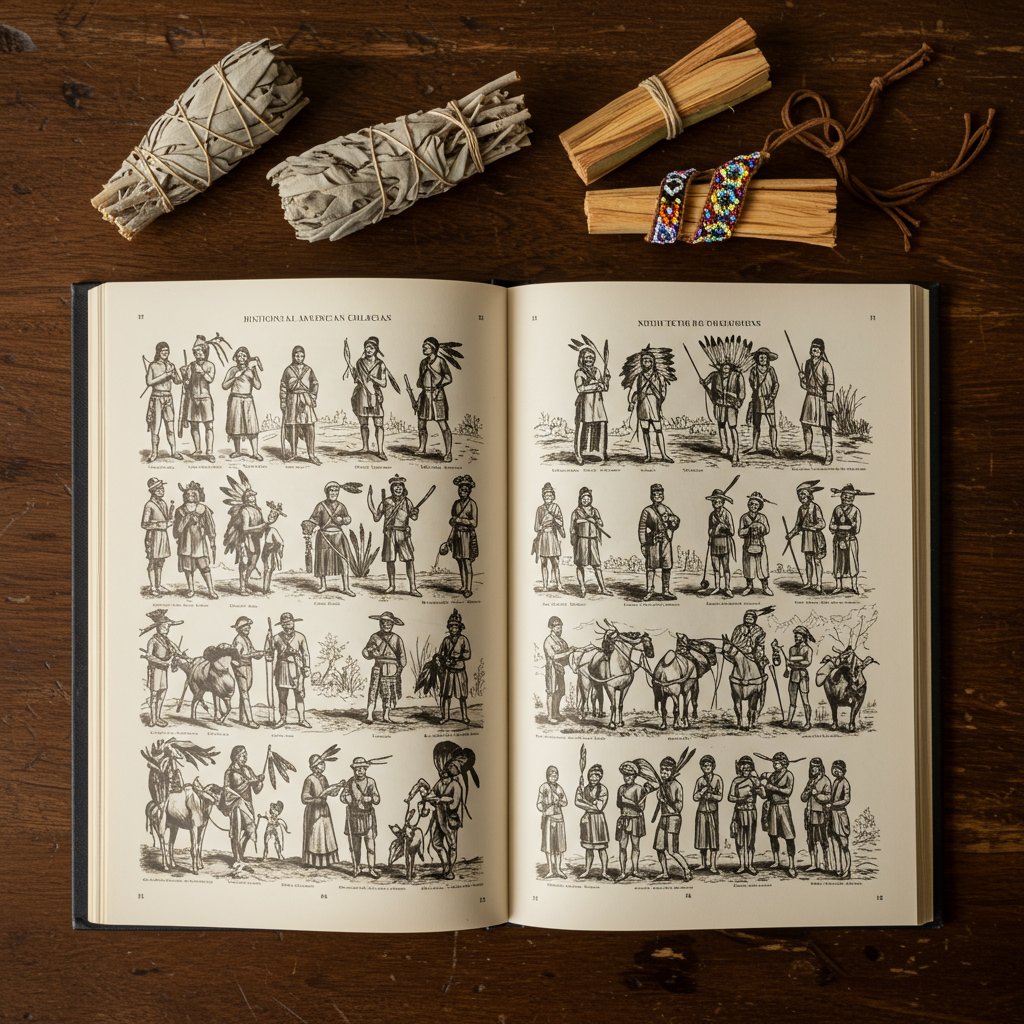
Native American hairstyles are far more than just a way to wear one's hair. They are a deeply personal and culturally significant tapestry woven with threads of spirituality, identity, history, and resilience. From the sacredness of a single strand to the intricate language of braids and adornments, these traditions represent an enduring connection to heritage that has survived centuries of change and adversity. By approaching this topic with the reverence it deserves, we can move beyond a superficial appreciation of aesthetics to a genuine understanding of the profound stories hair can tell. It is a legacy to be honored, respected, and admired for its deep beauty and unbreakable spirit.
Download our app to instantly see how you'd look with any hairstyle or color
Get the App
12 min read

12 min read

14 min read